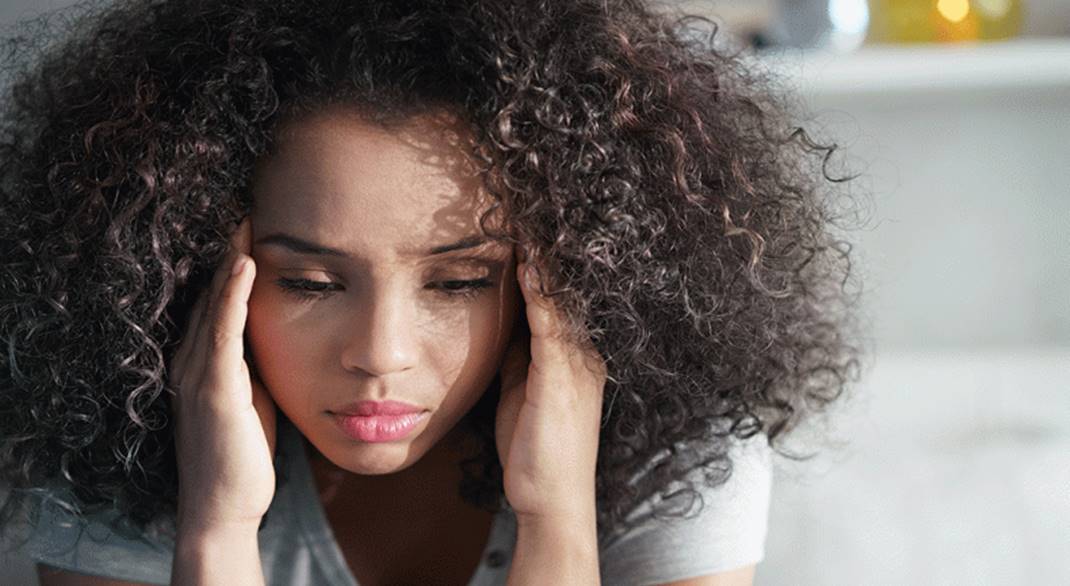Teens are struggling — and we’re not doing enough to help them. That’s the clear message from a new report from the Centers for Disease…

…Control and Prevention.
The CDC’s biannual Youth Risk Behavior Survey offers a heartbreaking and, for parents, a terrifying glimpse at the state of teens’ mental health, especially among teenage girls. The trend began before the pandemic but seemed to have been exacerbated by the isolation of the early Covid years.
The findings of the report are so striking that Kathleen Ethier, director of the CDC’s Division of Adolescent and School Health, which released the survey, was overwhelmed when she sat down to read it.
Among the most troubling statistics: Nearly 60% of teenage girls surveyed said they’d experienced “persistent feelings of sadness or hopelessness” in the previous year, while 30% had seriously considered suicide. Some 18% said they’d experienced sexual violence in the past year and 14% had been forced to have sex.

Numbers like these are a code-red emergency — not only for parents but for educators and policymakers.
Teens today are growing up under an umbrella of anxiety that would have been unfathomable during their parents’ adolescence. They live with the very real fear of someone barging into their classroom with a gun. They live with intense body-image pressures exacerbated by Instagram scrolling and worry about the fallout from a momentary lapse of judgment on social media. Many are struggling with the existential threat of climate change, reported The Washington Post.
“It’s the perfect recipe for the worst kind of stressor,” says adolescent-development expert Mitchell Prinstein, chief science officer of the American Psychological Association.
Adults have not only failed to address these concerns, but they’re also in some cases actively making them worse — such as.
Higher rates of sexual violence against girls would help explain some of the declines in their mental health. Girls’ age of puberty onset has also been creeping younger, which might be exacerbating the differences seen in the CDC data due to a complex mix of hormonal shifts and adult pressures on still-young minds.
Every parent I know has the same question: Is there anything we can do to mitigate the damage? First is improving teens’ sense of connectedness. Ethier points to a large body of research showing that the more keyed in kids are to family and school, the better off they are. “Those young people who feel that sense of connectedness will, 20 years later, have better mental health, are less likely to have attempted suicide, and less likely to have used substances,” she says.
Connectedness also means forging healthy social relationships with peers. Teens missed so much critical in-person socialization time during the early stages of the pandemic, and social media was a poor and possibly even dangerous substitute — particularly for girls. “We have a lot of correlative data showing that social media use, especially at high levels, is associated with mental health problems,” says Jamie Howard, director of Trauma and Resilience Service at the Child Mind Institute.
Schools can reinforce in-person interactions by declaring the school a social media-free zone and limiting the recreational use of phones during the day. “Kids have to learn sophisticated social skills in high school, and if we don’t teach them, they’re not going to have them,” Prinstein says. “We need to give them practice opportunities.”
Parents need to step up their efforts here, too. That means setting rules around devices and social media use and modeling that behavior themselves. For those worried about being the mean parent in your child’s peer circle, blame the US surgeon general, Vivek Murthy, who recently wisely said that 13 years old is too young for social media.
Parents should be aware of the signs of depression, which often shows up as irritability rather than sadness in tweens and younger teens. Pay attention to whether your kids’ sleeping or eating habits are changing, or if they no longer seem interested in activities they used to enjoy.
The suicide statistics are particularly scary. The advice for parents on this topic is simple: talk to your kids. “If you’re worried your child is thinking about suicide, ask them,” Howard says. She stressed that bringing up suicide does not implant the idea in people who aren’t depressed. But raising it with a teen considering self-harm makes them much more likely to share their feelings.
Talk therapy like dialectic behavior therapy can be very effective for adolescent girls, particularly those who are suicidal, Howard says. But they can only change lives if they are deployed. As I’ve written before, there’s a capacity problem when it comes to mental health providers for kids. President Joe Biden’s administration has prioritized investment in mental health services; we need to see results from that effort sooner rather than later.
Parents reading these statistics might feel helpless or overwhelmed. As the mom of a tween girl, I certainly do. Yes, there are concrete ways we can help our teens through this critical period of development.
But as a society, we are failing our kids. It will take a society-wide response to help them.
Napomena o autorskim pravima: Dozvoljeno preuzimanje sadržaja isključivo uz navođenje linka prema stranici našeg portala sa koje je sadržaj preuzet. Stavovi izraženi u ovom tekstu autorovi su i ne odražavaju nužno uredničku politiku The Balkantimes Press.
Copyright Notice: It is allowed to download the content only by providing a link to the page of our portal from which the content was downloaded. The views expressed in this text are those of the authors and do not necessarily reflect the editorial policies of The Balkantimes Press.

